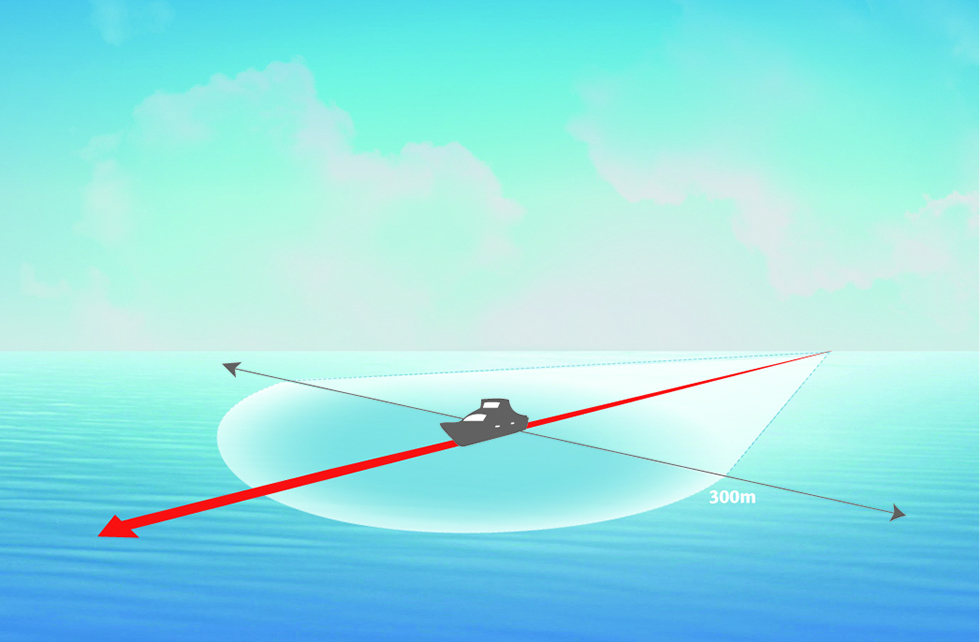Mid-Atlantic Baseline Studies: Boat Surveys
Boat-based surveys are widely used to monitor marine wildlife. Due to relatively low survey speeds (19 km/hr), observers can record detailed data on species identities, relative abundance, and behaviors, including contextual data, such as “feeding frenzies” of dolphins and gannets preying on forage fish.
For more information see Chapter 7 in the technical report.
Survey Methods
In collaboration with the City University of New York, we conducted 16 surveys over two years (April 2012-April 2014) along 559 km of transects (572 km including the Maryland project in 2013-2014; see study area map below). Our surveys were conducted by teams of two observers on a 55-foot charter vessel. In addition to recording the location, relative abundance, and behaviors of animals such as marine birds, mammals, and turtles, observers recorded sea state, visibility, ocean temperature, and salinity. Distance and angle to each animal were also recorded for use in modeling.

This diagram shows the field of view available during boat-based surveys. The boat transect had an intended minimum strip width of 300 m, although observations of animals were made up to 1,000 m from the vessel.
Study Area

Boat transects were spaced 10 km apart and extended from 3 nautical miles (5.6 km) offshore to the 30 m isobaths, or the eastern extent of the Wind Energy Areas (WEAs).
Photo Credits: Header Photo © BRI-Robby Lambert; Infographic Linda Mirabile/Glen Halliday


